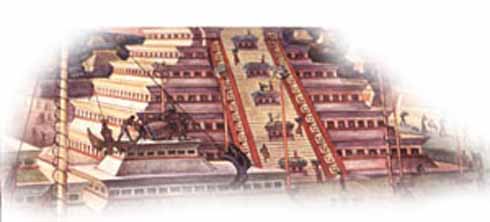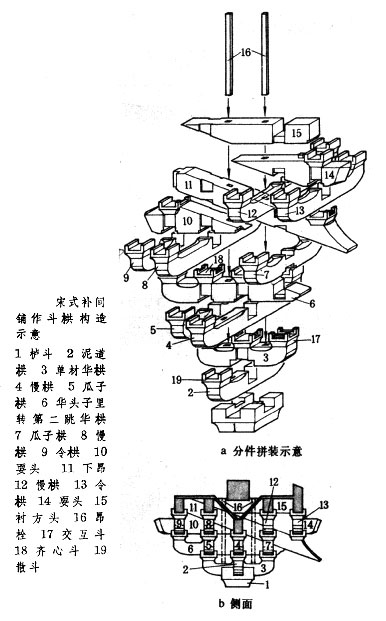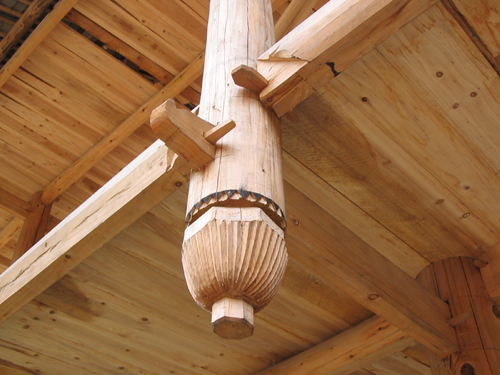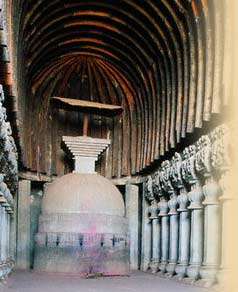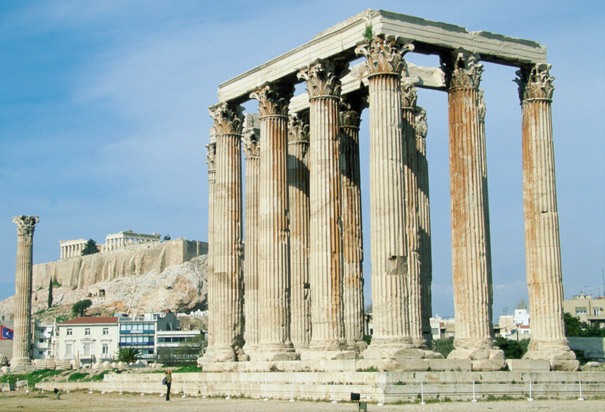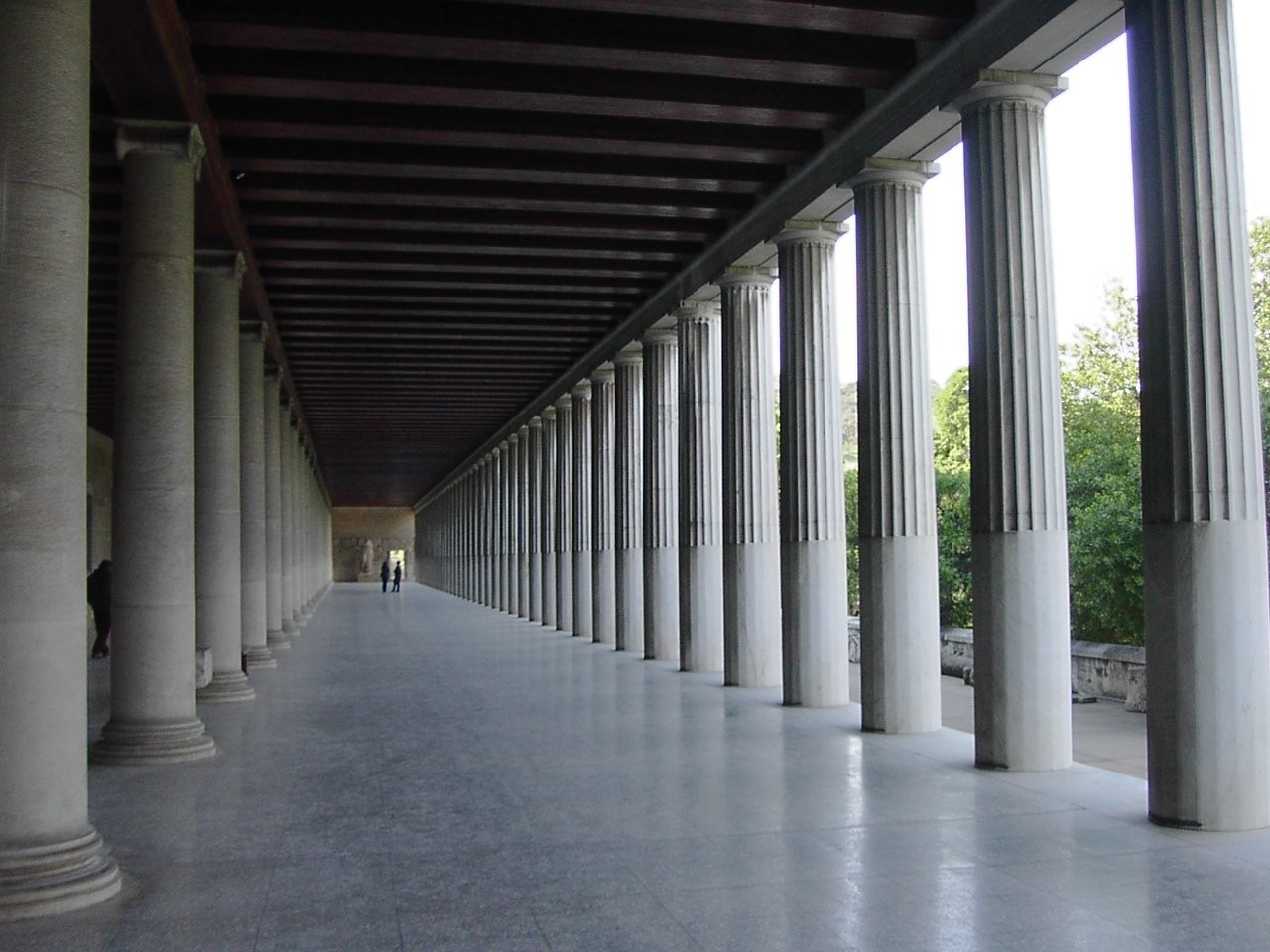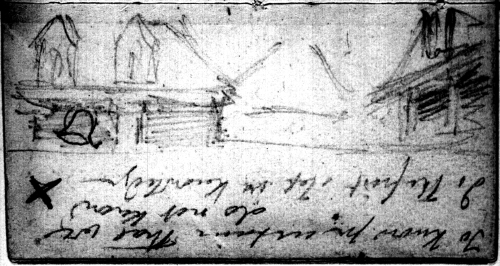
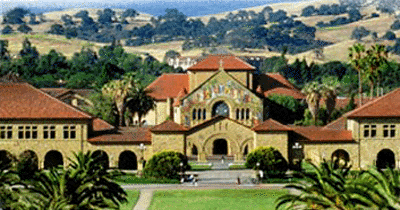
Friday, January 18, 2013, we had a lovely visit to the Palo Alto Stanford Campus. The tour consisted of the D. School, the Main Quad and Oval, the Cantor Center, Clark Center, Center for Integrated Systems, and Center for Clinical Sciences Research. We looked at each of the building functionalities and artistic views. What was so captivating about the buildings was how, the Centers are completely different but they still collaborate and compliment each other. The different structures and shapes of them, and the way they still fit like puzzle pieces.
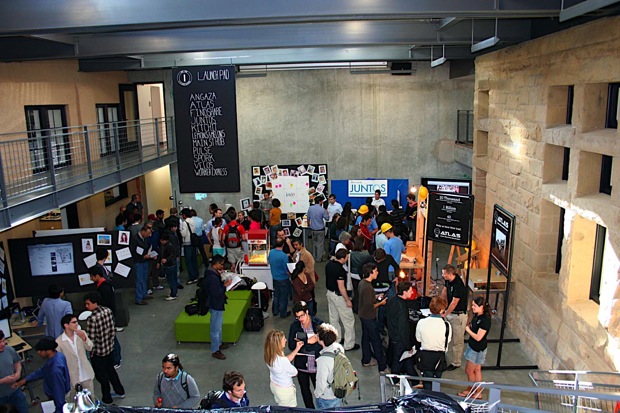

The D. School, a school for designing resolutions for problems. From the outside, it looks like any of the other lecture halls, class rooms and conference rooms. It is until you actually enter the school, that you realize it's a design school. From the inside, the building has an industrial feeling to it. Cement walls and metal stairs to match. But the amazing thing is the studio's flexibility. The studios have movable object, no table, chair or board are screwed into the wall for permanent keeping. The point of it is to try and get your ideas out and start building prototypes as soon as possible. What I loved was that in the "Brainstorm" Room, the floors were all dent, paint was peeling off the walls, but it gave it a nice feeling. The "Prototype Building" Room's tables were all cut up, painted on and scratched. They showed what they really wanted. I guess the vibes it had were really comforting, like you didn't have to worry about breaking something.


Another building that caught my attention was the church in the Main Quad. The way the gold color popped out from the carvings on the pillars and walls. The gold gave it that 'wow look at me' feeling. Once inside, the main isle goes down the center and unites to the alter. On the right and left hand sides are extra spaces. in the middle, the church has its own half dome, bringing in light. What I loved about it was the colors. They had deep shades of red and browns, causing it to have a "Homey" feeling to it. It felt nice and cozy. It had a feeling that I wanted to stay for hours, just sitting and mediating

 Modern day architecture is completely different from past styles. It started at the turn of the 20th century but gained popularity until after World War Two. The main reason it arose was the rise of new technology, new machines and new materials. One of the biggest types of buildings that came were skyscrapers, lifts allowed building to be taller because change of levels would be easier. A few of the main ideas are: simplicity, machine aesthetic, horizontal and vertical lines are emphasized. The biggest way that a building can be distinguished as modern is when the material can be seen. Their signature is when the material can be seen on the outside. No finishes, just the material used. Like when the frame can be seen in steel and glass buildings. If steel was used, then steel it what is shown.
Modern day architecture is completely different from past styles. It started at the turn of the 20th century but gained popularity until after World War Two. The main reason it arose was the rise of new technology, new machines and new materials. One of the biggest types of buildings that came were skyscrapers, lifts allowed building to be taller because change of levels would be easier. A few of the main ideas are: simplicity, machine aesthetic, horizontal and vertical lines are emphasized. The biggest way that a building can be distinguished as modern is when the material can be seen. Their signature is when the material can be seen on the outside. No finishes, just the material used. Like when the frame can be seen in steel and glass buildings. If steel was used, then steel it what is shown. 









